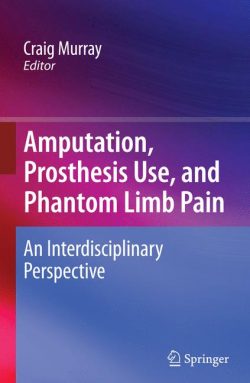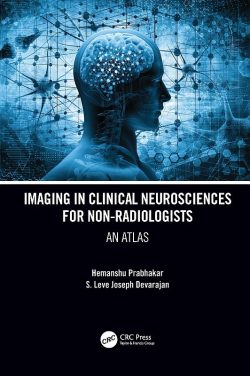This volume brings together the latest basic and clinical research examining the effects and underlying mechanisms of psychedelic drugs. Examples of drugs within this group include LSD, psilocybin, and mescaline. Despite their structural differences, these compounds produce remarkably similar experiences in humans and share a common mechanism of action. Commonalities among the substances in this family are addressed both at the clinical and phenomenological level and at the basic neurobiological mechanism level. To the extent possible, contributions relate the clinical and preclinical findings to one another across species. The volume addresses both the risks associated with the use of these drugs and the potential medical benefits that might be associated with these and related compounds.
Preface.- Chemistry and structure-activity relationships of psychedelics.- Hallucinogens and serotonin 5-HT2A receptor-mediated signaling pathways.- Effects of hallucinogens on neuronal activity.- Interactions of Hallucinogens with the Glutamatergic System: Permissive Network Effects Mediated Through Cortical Layer V Pyramidal Neurons.- The effects of hallucinogens on gene expression.- Effect of Hallucinogens on Unconditioned Behavior.- Hallucinogens in Drug Discrimination.- Phenomenology, structure and dynamic of psychedelic states.- Serotonergic hallucinogen-induced visual perceptual alterations.- New world tryptamine hallucinogens and the neuroscience of ayahuasca.- Experimental psychosis research and schizophrenia – similarities and dissimilarities in psychopathology.- A review of Hallucinogen Persisting Perception Disorder (HPPD) and an exploratory study of subjects claiming symptoms of HPPD.- Therapeutic applications of classic hallucinogens.- Classic Hallucinogens and Mystical Experiences: Phenomenology and Neural Correlates.
“This book brings together the latest basic and clinical research into the underlying mechanism of action, effects, and possible clinical uses of psychedelic drugs. … It brings together current knowledge regarding this class of drugs pharmacology, neurobiological effects, subjective experience, and therapeutic effects. … It brings together preclinical and clinical data, which will be of interest to anyone involved with or curious about this category of drugs.” (Michael Easton, Doody’s Book Reviews, September, 2018) This volume brings together the latest basic and clinical research examining the effects and underlying mechanisms of psychedelic drugs. Examples of drugs within this group include LSD, psilocybin, and mescaline. Despite their structural differences, these compounds produce remarkably similar experiences in humans and share a common mechanism of action. Commonalities among the substances in this family are addressed both at the clinical and phenomenological level and at the basic neurobiological mechanism level. To the extent possible, contributions relate the clinical and preclinical findings to one another across species. The volume addresses both the risks associated with the use of these drugs and the potential medical benefits that might be associated with these and related compounds.
The volume brings together clinical and preclinical research literatures
A balanced view of the potential risks and benefits of these compounds is presented
The focus is on rigorous scientific findings in a field that has been fraught with speculative reports
The volume brings together clinical and preclinical research literatures
A balanced view of the potential risks and benefits of these compounds is presented
The focus is on rigorous scientific findings in a field that has been fraught with speculative reports





